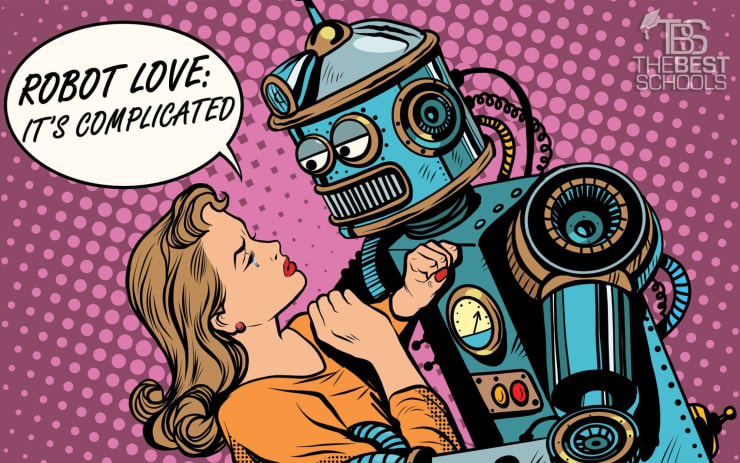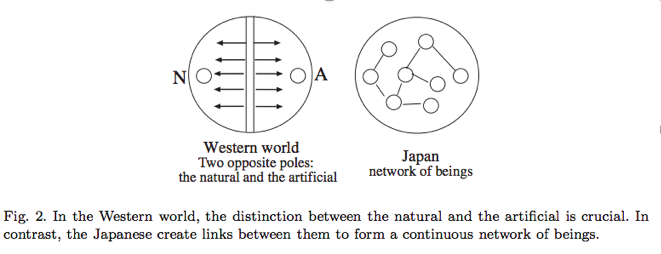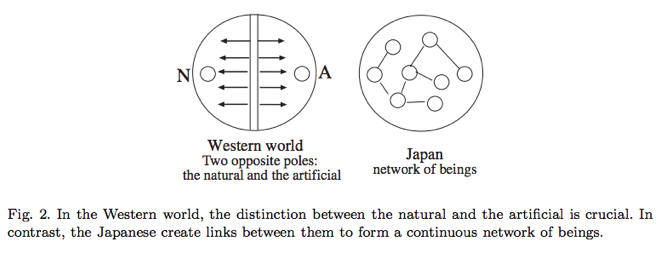The Digital artefact I have chosen to dissect is the impact that Bollywood has on Indian society, specifically placing a focus on the infamous act of Eve Teasing. “eve-teasing” trivializes sexual harassment of women in public, including catcalling, lewd remarks, and inappropriate sexual contact such as rubbing and fondling. This conduct demeans young women and girls and can harm them psychologically, physically and socially. (Natarajan, 2016). The reason I chose to investigate this phenomenon was due to the fact when I approached people within my social circle about what they knew about Eve Teasing, I discovered they had little to no idea what it was. My goal was to bridge this understanding so that cross-culturally there can be no misinterpretation of what sexual harassment is.
In the early stages of this Digital artefact, I investigated the issue of representation within Bollywood cinema, unpacking political turmoils within Kashmir and representation of indigenous culture and women within Bollywood. Research into issues within Bollywood was profound and illustrated Bollywood as an industry to be somewhat worse than Hollywood itself. The patriarchal industry was embedded with issues however it was the impact that Bollywood cinema had on society which was the most interesting. When brainstorming ideas for the digital artefact I mused over investigating the representation of Kashmir within Bollywood and the transition this culture has gone through in regards to how Bollywood portrays them within films. However, after deliberation and understanding time constraints I found this idea to be far too dense to offer a clear and comprehensive understanding of the topic.
A survey of 550 experts on women’s issues found that India ranked number one in the most dangerous country for women (Angela Dewan, 2018). I wanted to unpack the overarching elements that contributed to this fact. Further investigation into women in Bollywood and Indian society arrived me at the notion of Eve-teasing.
Within Bollywood film, it is evident there is a glorification of male dominance combined with violence within their films which has transcended the society. Combined with the glorification of male dominance, within film Bollywood sexualises the women in film specifically referring to them as ‘item girls‘. This referral is dangerous as within Indian society men have little interaction with women, therefore, their ideas about women and how to approach them are shaped by these films.
This concept blended within a global context due to eve-teasings ability to transcend technological bounds, worldwide individuals experience elements of this harassment in the online realm such as inappropriate messages and comments on social platforms.
Through this digital artefact, my aim was to create awareness of the notion of eve-teasing, video format seemed to suit it the best as it offered a visual dynamic that could not be expressed through audio.















































